Not all inventions lead to glory. Some fail, while others tragically end in death. Here are ten inventors who were killed by the very contraptions they created.
1 | Franz Reichelt
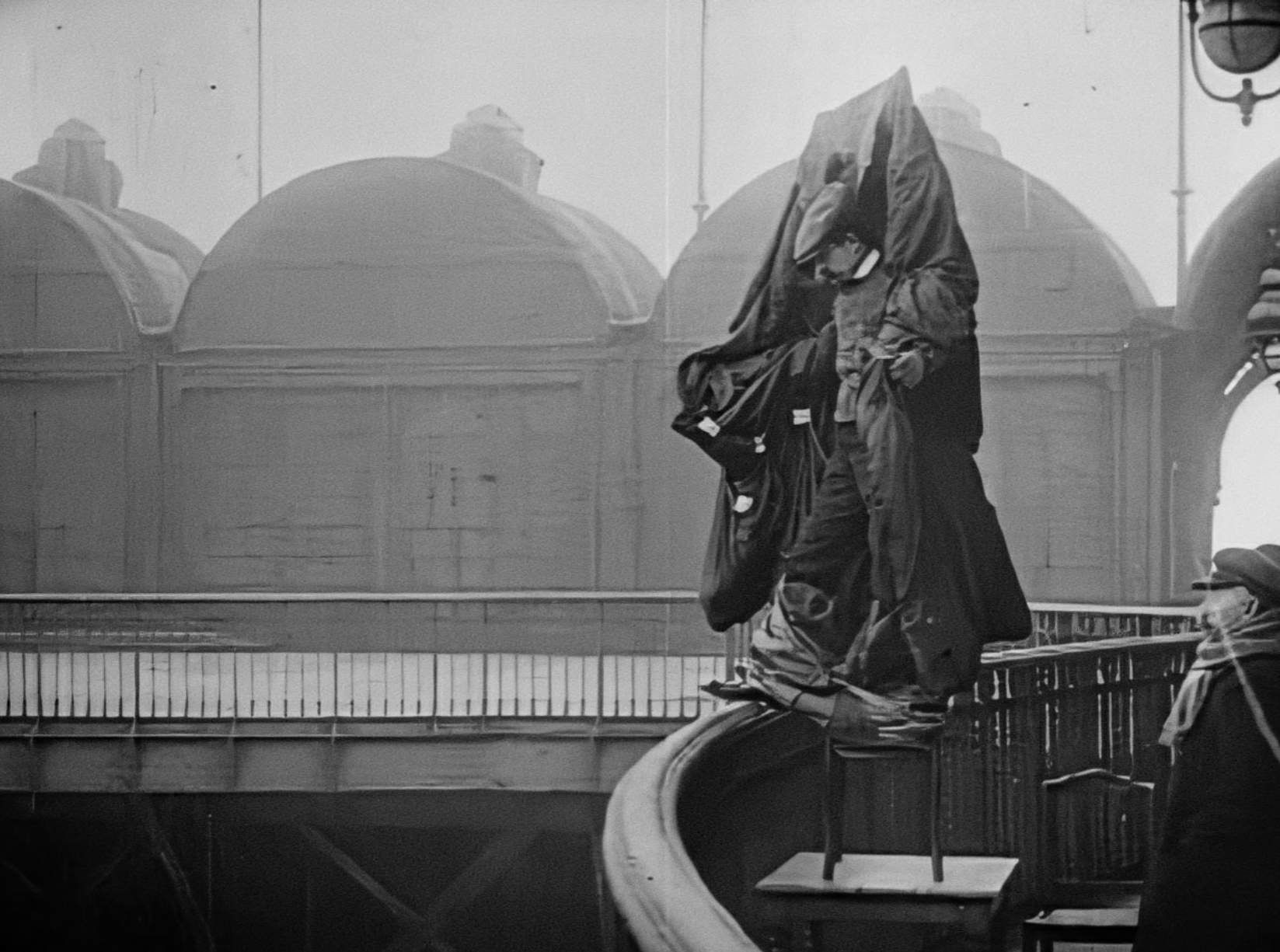
Born on October 16, 1878, Reichelt moved to Paris in 1898 from Wegstädtl, in the Kingdom of Bohemia. He started a dressmaking business that catered mostly to Austrian people and became successful. After hearing stories of mortality rate among early aeronauts and aviators, he became interested in making parachute designs. Leading aeronautic organizations discouraged him from continuing his project, but it did not stop him from doing further developments.
Reichelt tried many unsuccessful attempts just to proved that his invention is worth it. And on February 4, 1912, after being permitted to work his parachute on the Eiffel Tower, he jumps from the first platform of the tower. However, his parachute suit failed to deploy, which eventually lead to his death. The next day, news about the “reckless inventor” was a trending topic. An autopsy was later released, revealing that Reichelt died from a heart attack during the fall.
2 | Max Valier
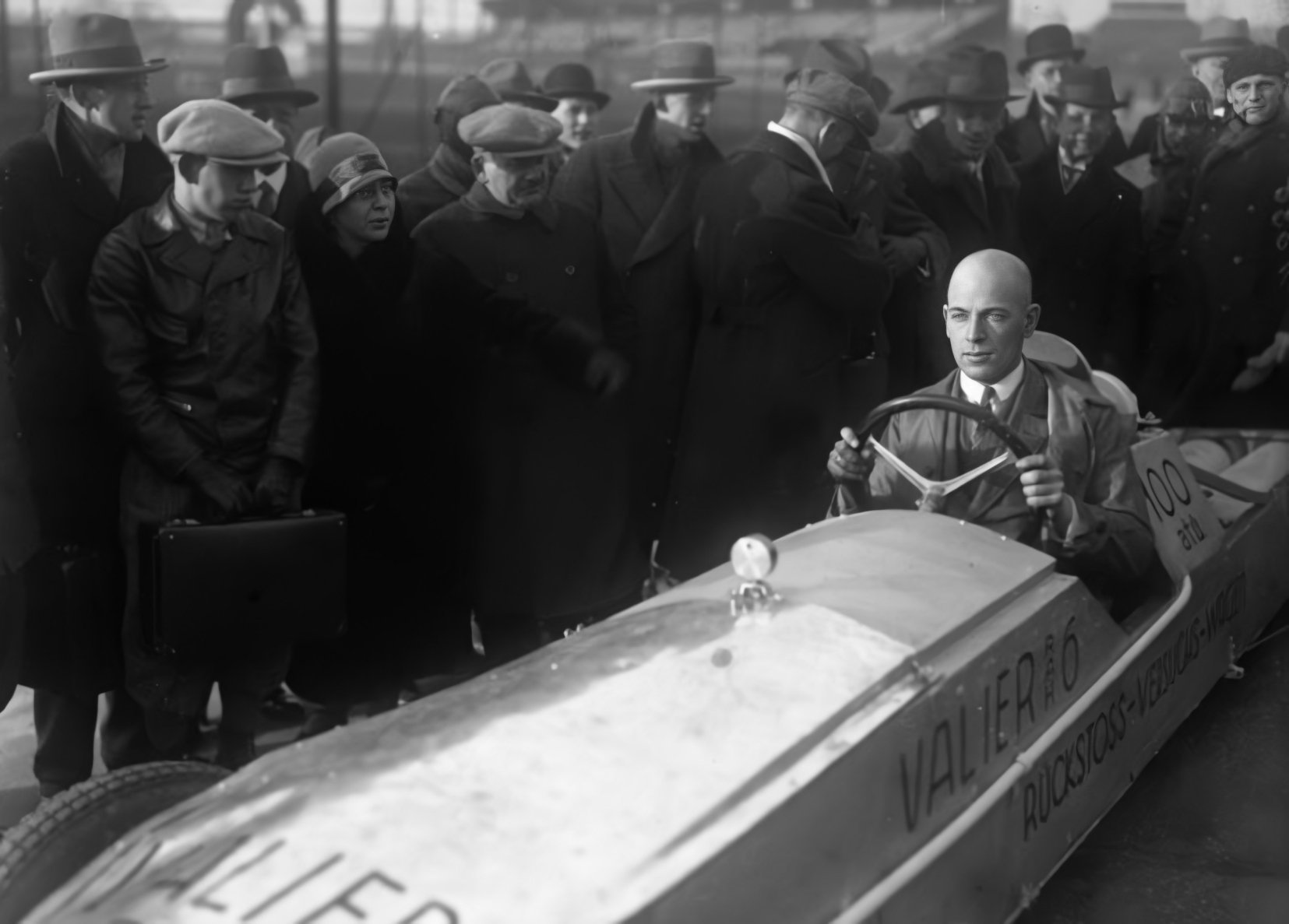
Born on February 9, 1895, in Bolzano, Italy, Valier studied physics at the University of Innsbruck and trained as a machinist in a nearby factory. He served in the aviation unit during the First World War. After the war, he became a successful writer that pertains to scientific matters. After reading the book entitled “The Rocket into Interplanetary Space,” he decided to allocate his time in making possible rocket-powered travel.
In 1928, Valier worked with Fritz von Opel to make rocket-powered cars and aircraft on the second stage of development of his project. But during the third stage, an accident in Berlin ended his life when the alcohol-fueled rocket exploded on his test bench. Even after his death, Valier was still remembered in his hometown as one of the most famous inventors and scientists of his province.
3 | Sylvester H. Roper
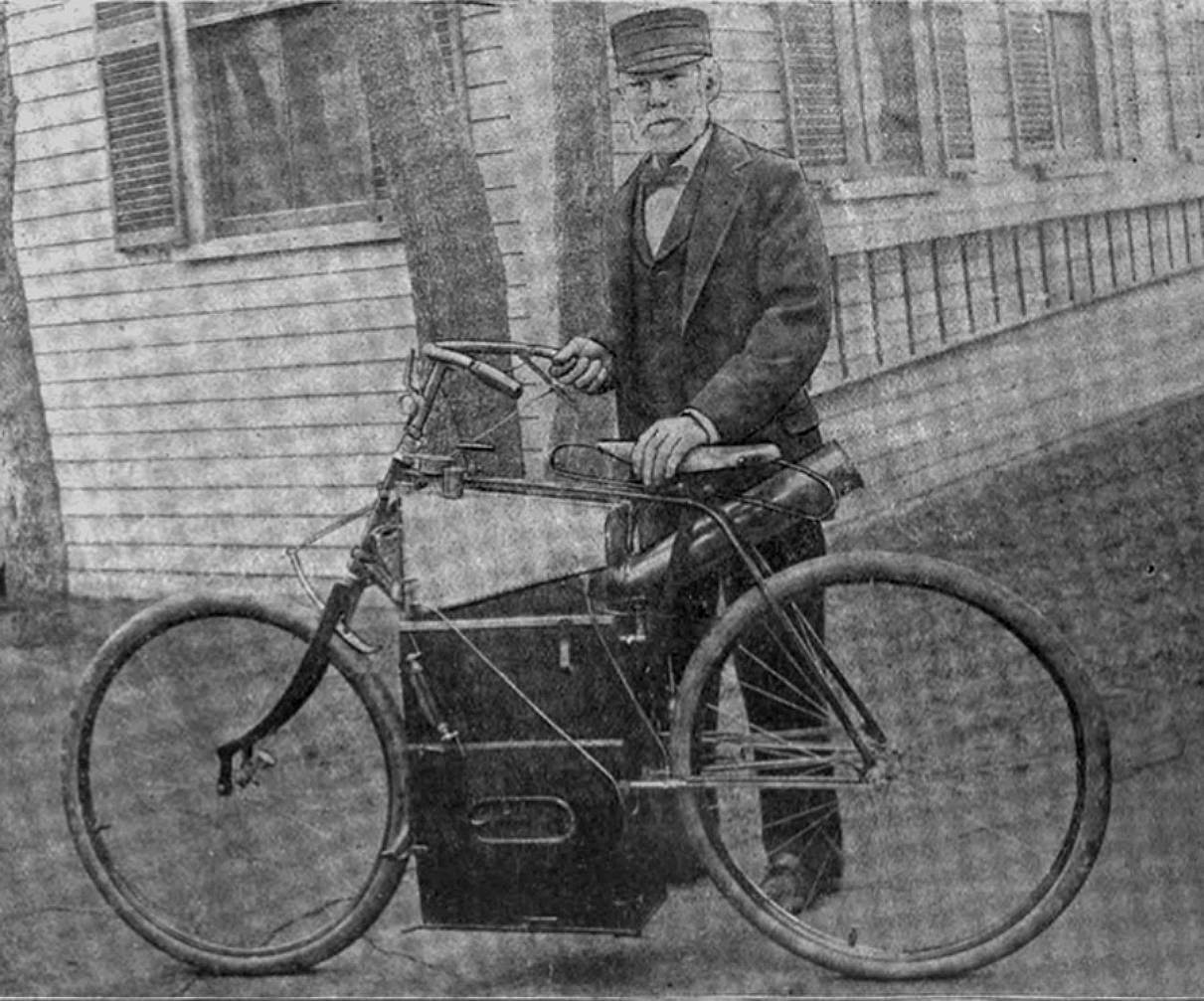
Roper was an American inventor and the first one to initiate the making of early automobiles and motorcycles in Boston, Massachusetts. He built one of the earliest automobiles in 1863, a steam carriage. His Roper steam velocipede might have been the earliest motorcycle. He also invented the shotgun choke and a revolver repeating shotgun.
Roper succeeded in making successful engine innovations that eventually made him famous among other inventors and engineers in the area. On June 1, 1896, while riding on one of his velocipede models, he was seen to be unstable and then fall on the track and was found dead with a head wound. An autopsy showed that the cause of his death was because of heart failure.
4 | Alexander Bogdanov
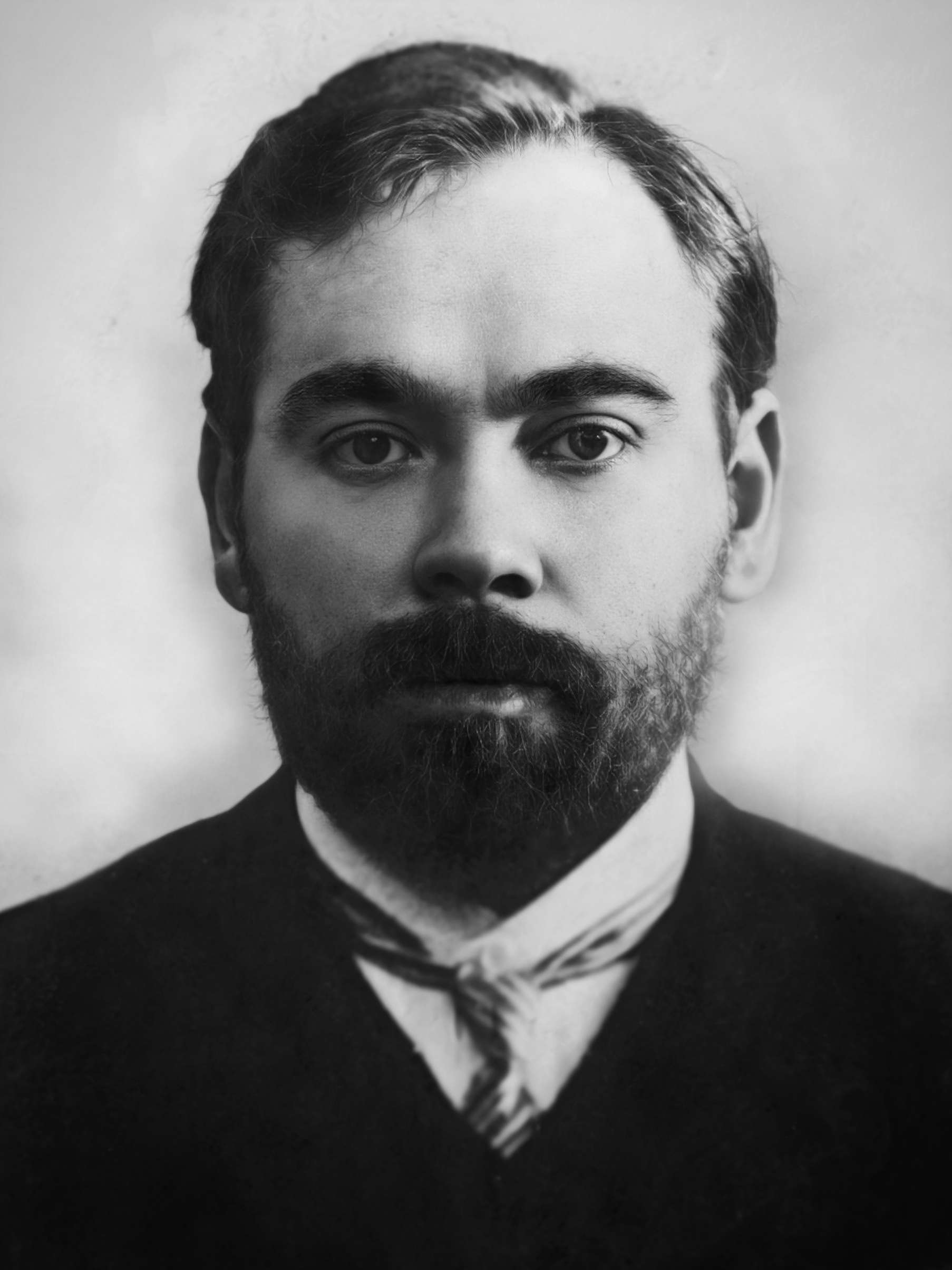
Alexander Bogdanov was a Russian physician, philosopher, science fiction writer and revolutionary of Belarusian ethnicity who experimented with blood transfusion, attempting to achieve eternal youth or at least partial rejuvenation. He died in 1928, after he took the blood of a student suffering from malaria and tuberculosis, who may have also been the wrong blood type.
5 | Thomas Midgley Jr.
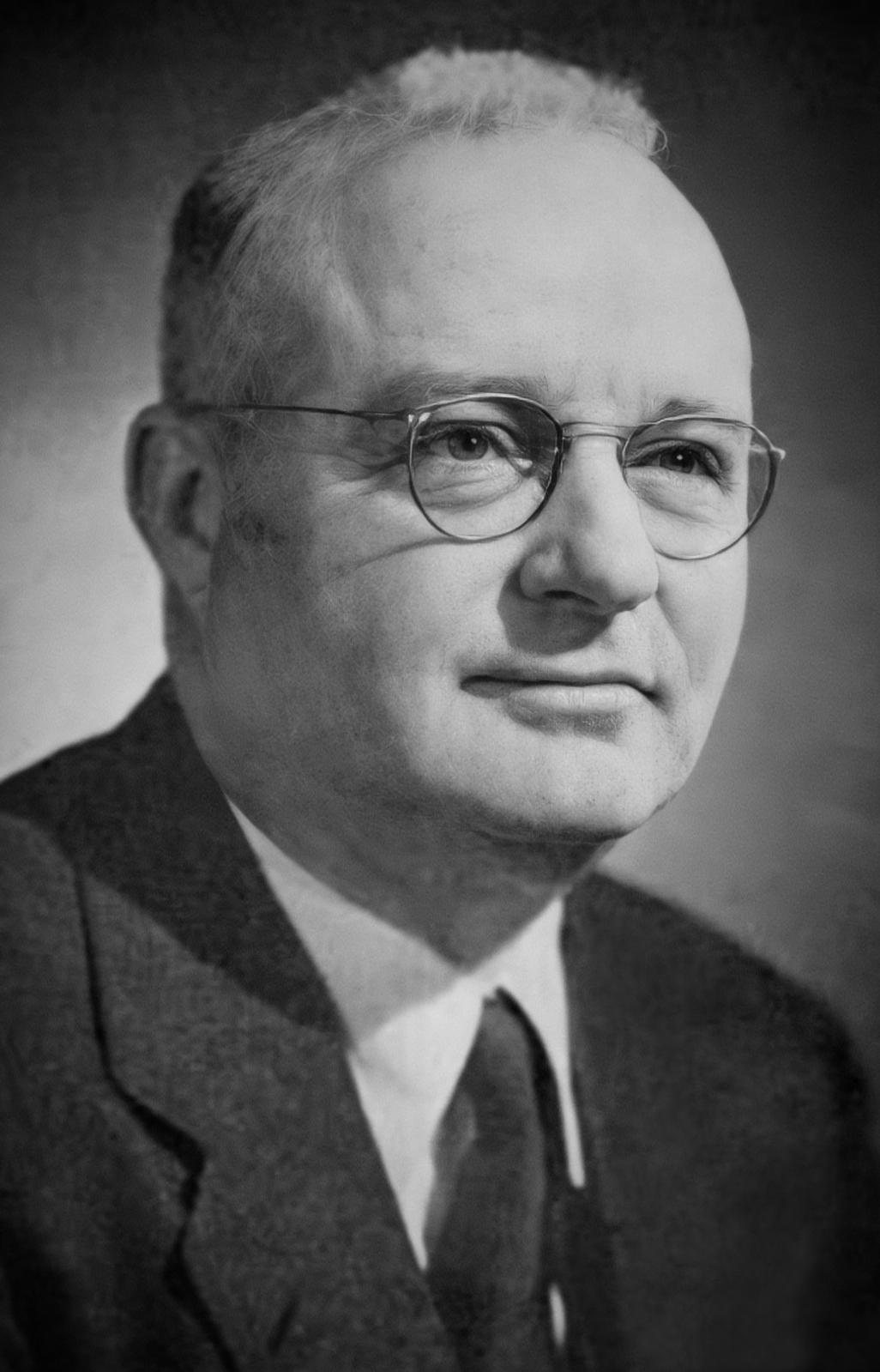
Midgley was born in Beaver Falls, Pennsylvania, on May 18, 1889. His father was also an inventor. He graduated from Cornell University with a degree in mechanical engineering. Midgley began working at General Motors in 1916 and discovered that when gasoline is added with tetraethyllead, it will prevent unnecessary sound in the internal combustion of engines. The substance was then named “Ethyl.” In 1923, he took some time off to cure himself of lead poisoning.
Midgley played an essential role in developing leaded gasoline and freon. Although both products were banned due to adverse environmental impact as well as health hazards, he was awarded more than 100 patents throughout his career. At the age of 51, he contracted polio that left him severely disabled. He died from strangulation when the devised that he invented to lift himself out of bed became entangled.
6 | Marie Curie
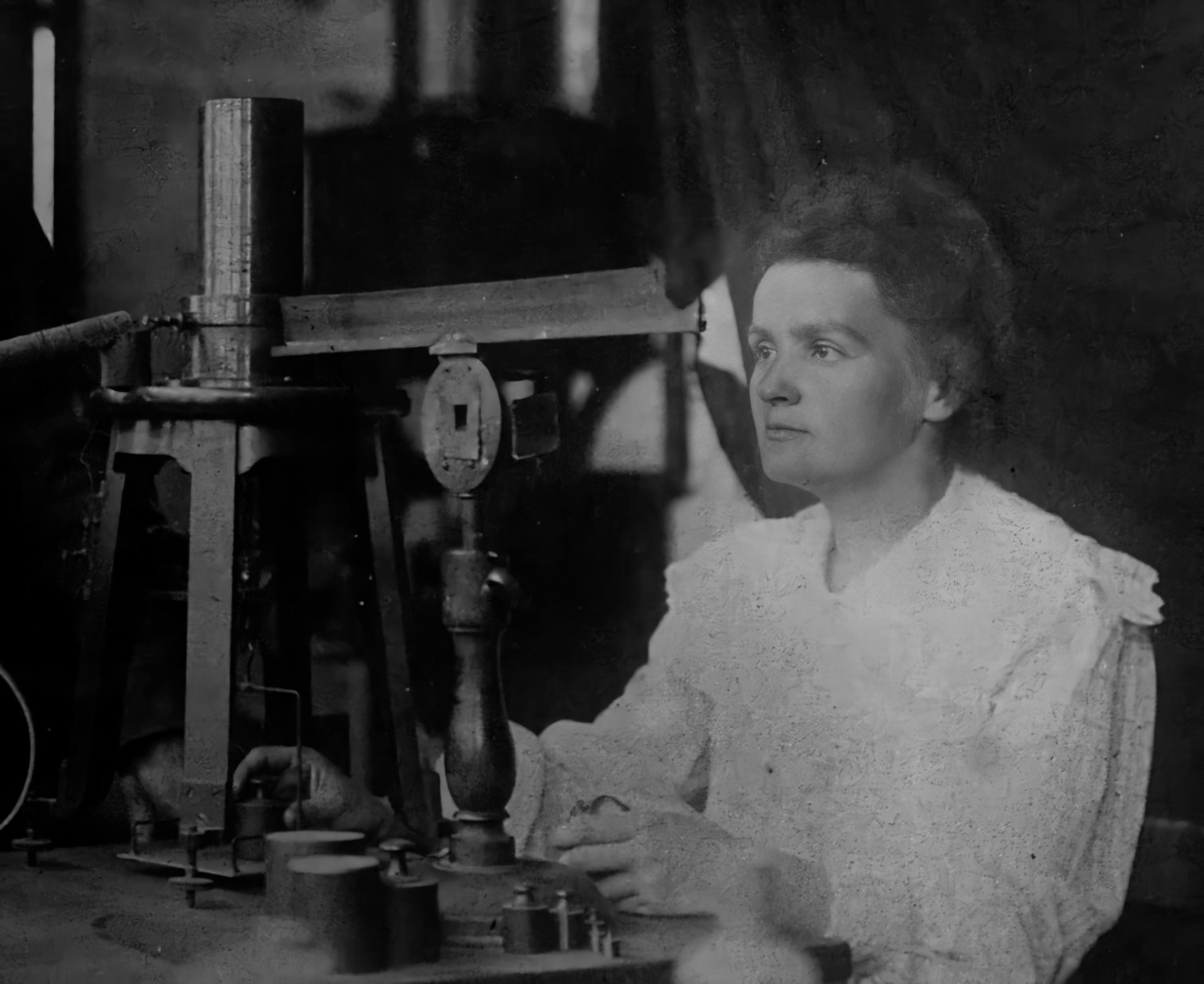
Marie Sklodowska Curie was born in Warsaw, Poland, in 1867. She was a physicist and chemist who first began the research on radioactivity. She was also awarded numerous Nobel Prizes. Marie Curie discovered two elements, polonium (named after her native country) and radium. She founded the Curie Institute in Paris and Warsaw. In World War 1, she developed mobile radiography units for X-Rays. Her long exposure from radiation might have been the cause of her aplastic anemia that eventually lead to her death in 1934 in France.
7 | Karel Soucek
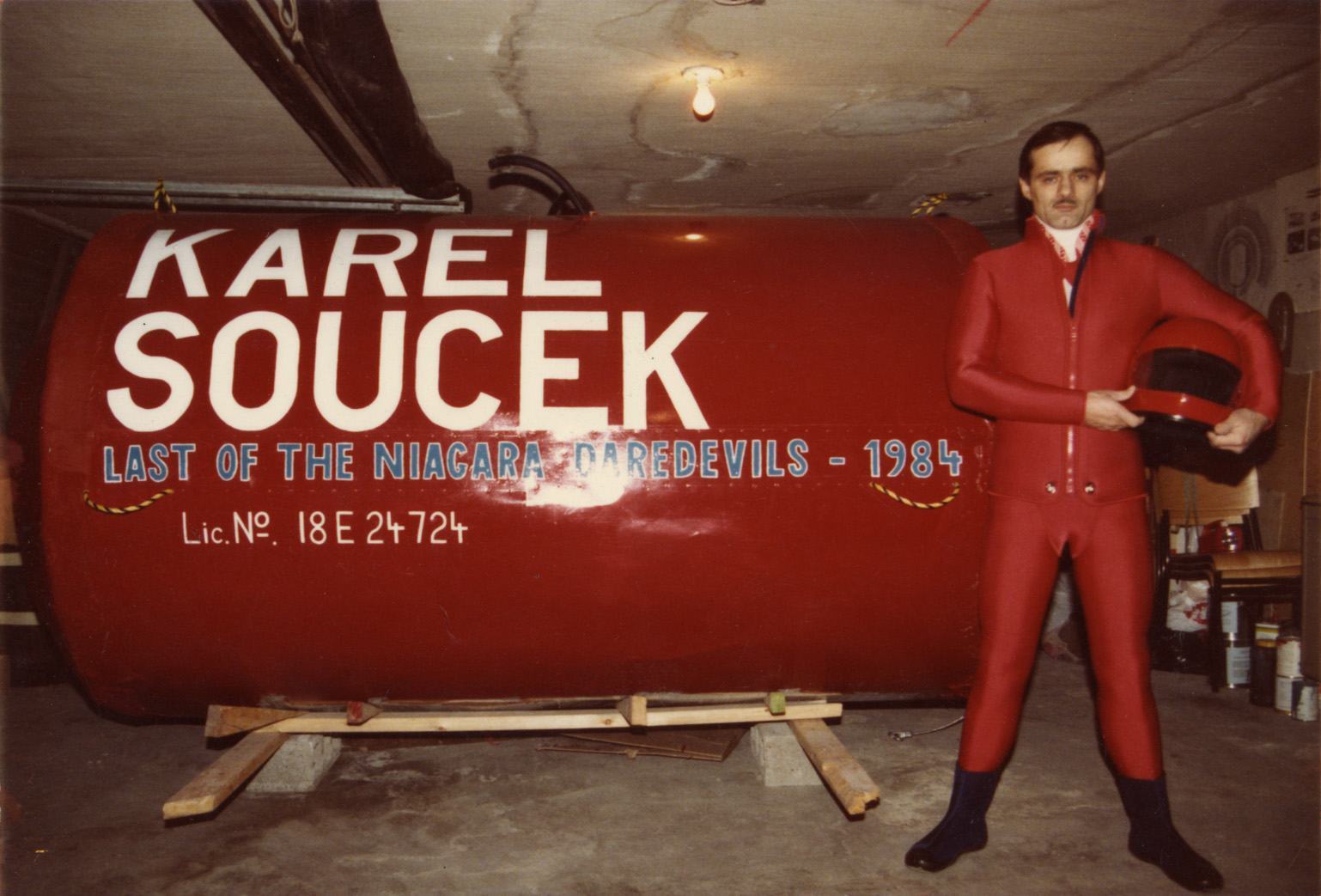
Soucek was a Canadian professional stuntman. He did a stunt in Niagara Falls in 1984 with the use of a custom-made barrel that was rolled into the Niagara River 1000 feet above the cataract of the Falls while he was inside. After a while, Soucek emerged from the water bleeding but was safe. Because of its success, he decided to build a museum at Niagara Falls, Ontario, that would display his stunting paraphernalia.
In 1985, he performed a stunt at the top of the Houston Astrodome while enclosed in his barrel at 180 feet above the floor of the Astrodome. The barrel was released too early, and it began spinning as it fell toward the floor instead of landing in the center of the tank of water. Soucek was severely injured and eventually died while the Astrodome stunt show was still going on.
8 | William Bullock
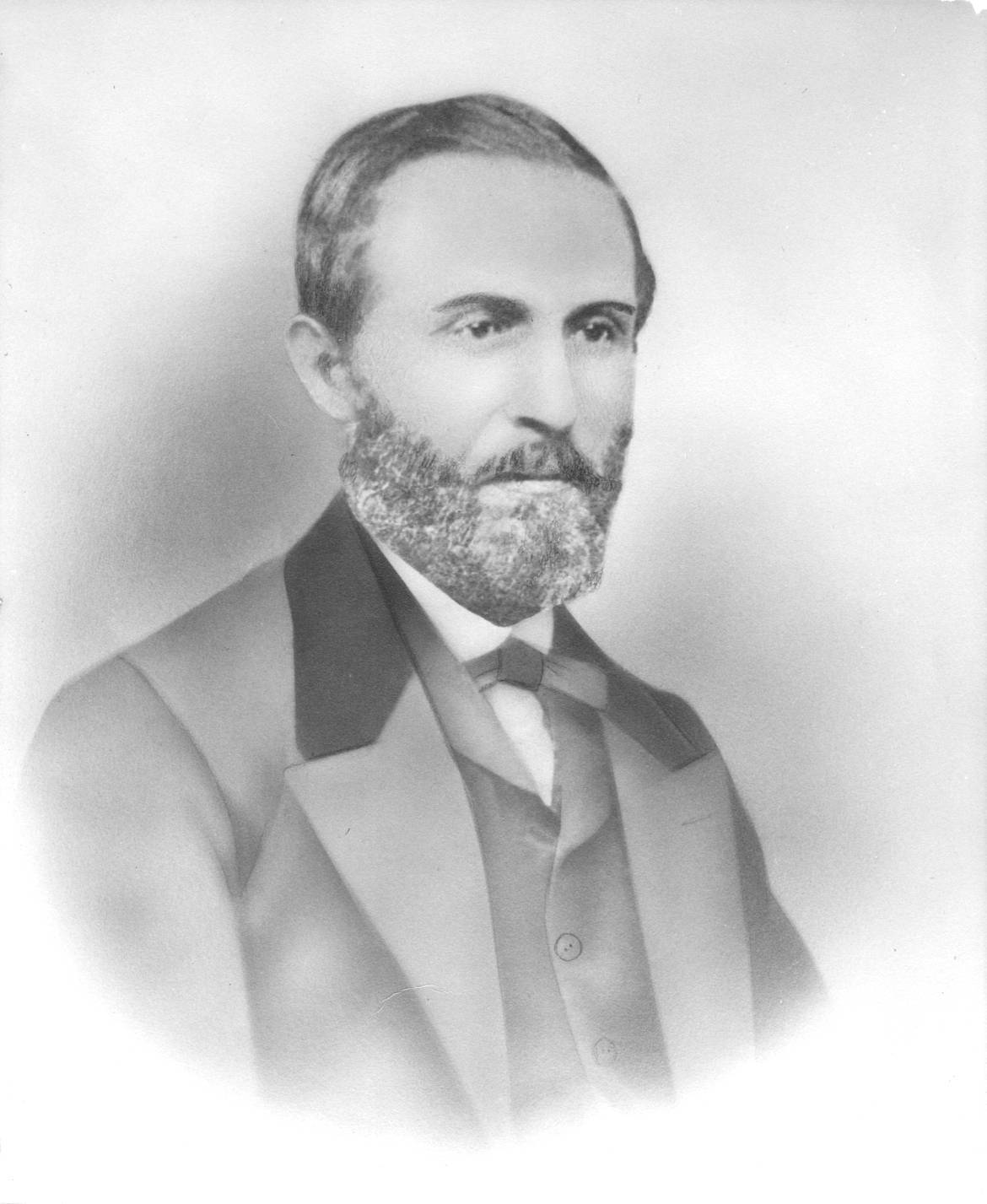
Bullock was an American inventor who helped in improving the printing industry that needs higher speed and efficiency. While working on a hand-turned wooden printing press in 1853, an idea came into his mind that made him developed a printing press called the Web rotary press. His invention allowed continuous large rolls of paper to be automatically fed through the rollers eliminating the hand-feeding system.
On April 3, 1867, while Bullock was making adjustments to one of his new presses installed for Philadelphia Public Ledger Newspaper, his leg was caught in the machine when he tried to kick a driving belt. He, later on, he died during an operation to amputate his leg.
9 | Luis Jiménez
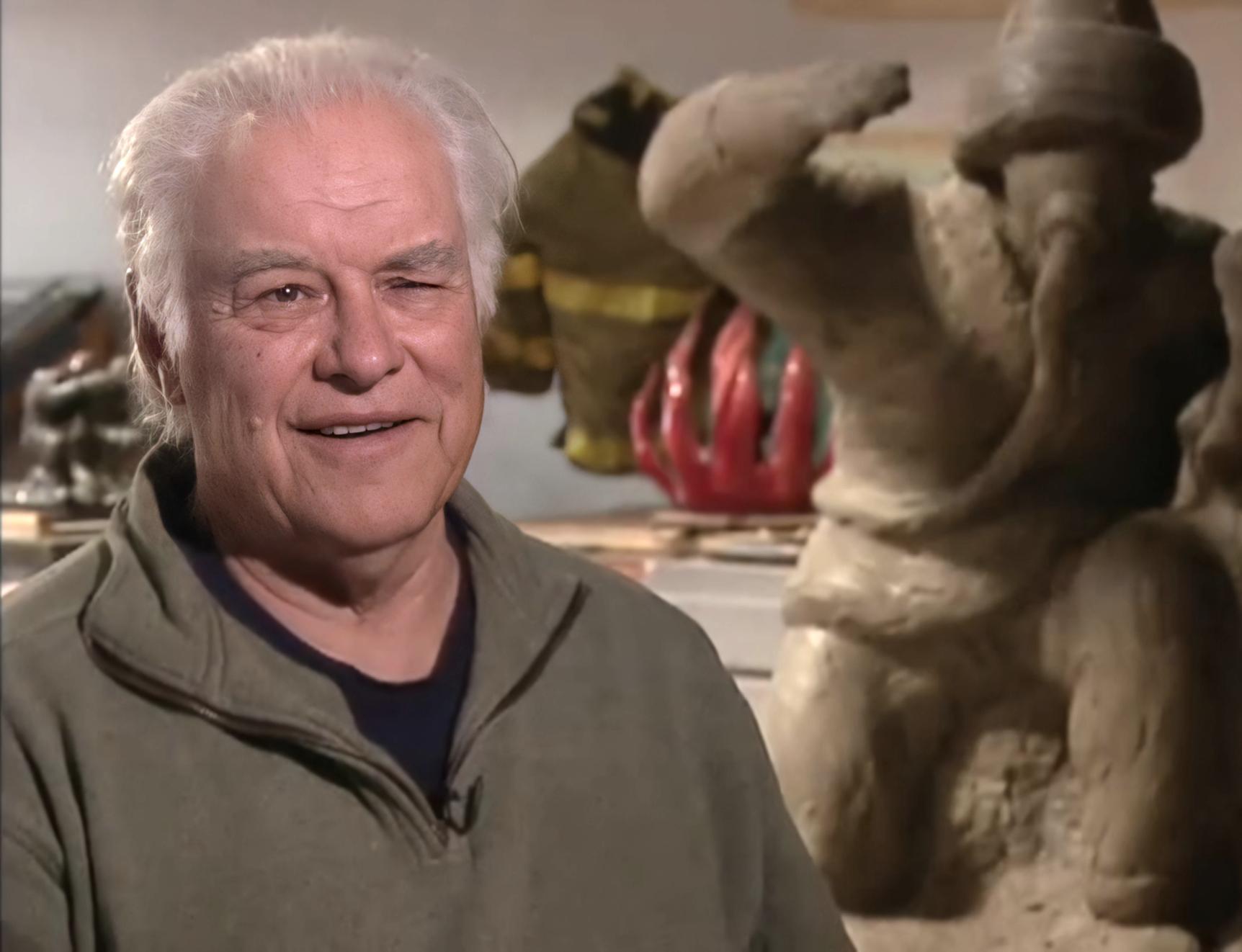
Luis Jimenez or Luis A. Jiménez, Jr. was an American sculptor of Mexican descent. He was born on July 30, 1940, in El Paso, Texas. In June 2006, Luis Jiménez was killed at the age of 65 while creating the famous Colorado statue of a blue horse, the Blue Mustang, when a section of it fell on him and severed an artery in his leg.
10 | Michael Dacre

Dacre was the founder of Avcen Limited that designed a quiet aircraft that could take off and land in short distances, the AVCEN Jetpod. The jet pod maximum speed is intended to be 550 km/h and would only need 125 meters to take off or land. It will allow runways to be constructed near the center of major cities, and since they designed it as a quiet aircraft, it will not be noticeable above city traffic. On August 16, 2009, Dacre solely manned a just completed prototype. After his fourth attempt for taking off, he successfully lifted the jet, but it crashed, eventually killing him.
11 | Francis Edgar Stanley
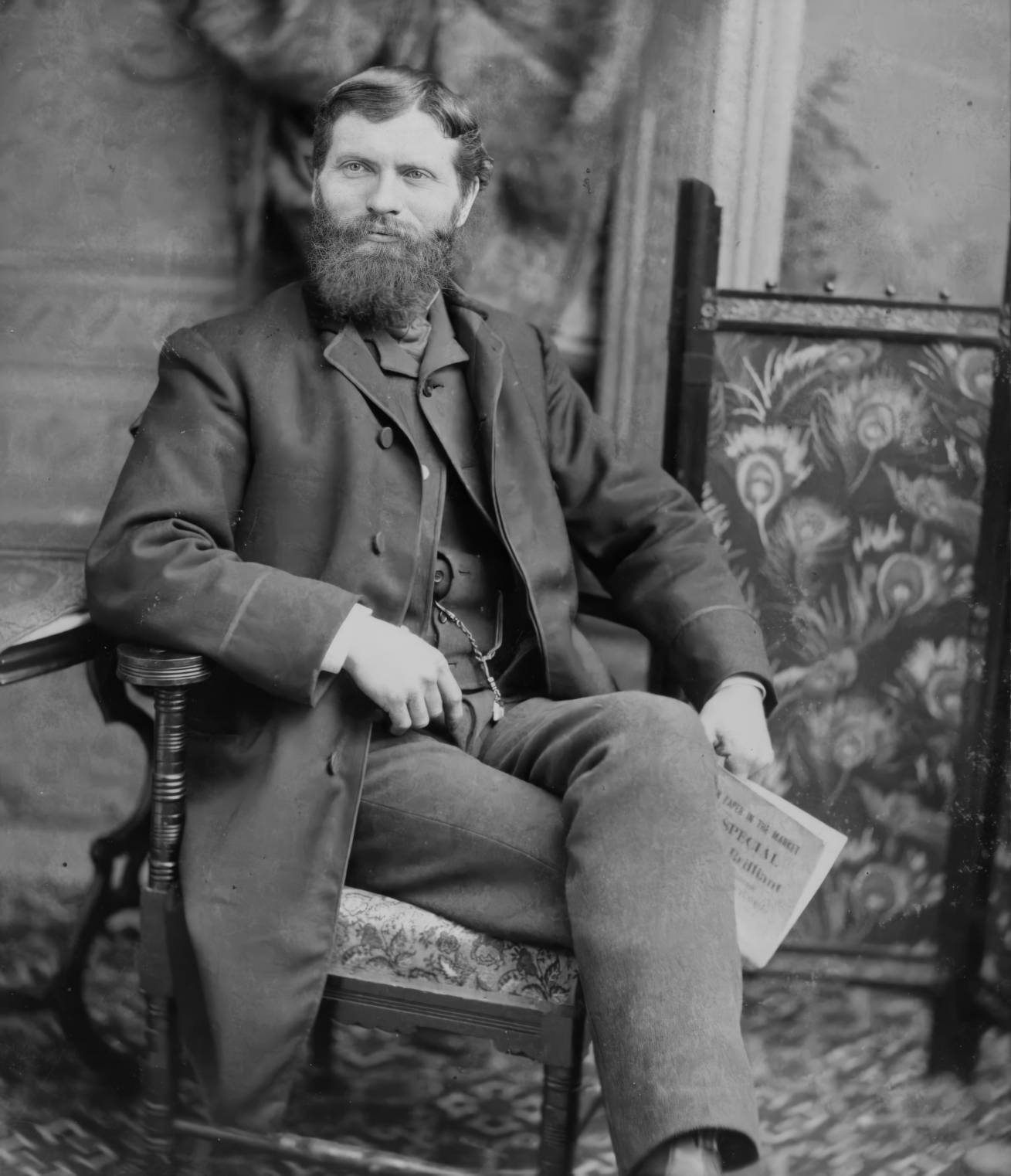
Francis Edgar Stanley was an American businessman who patented the first photographic airbrush that colorizes photos. The studio was one of the largest in New England, and his twin brother joined him in the business. However, after several years they got bored and shifted to automobile development. They founded the Stanley Motor Carriage Company that builds Stanley Steamer. In 1918, while driving along Wenham, Massachusetts, his car crashed into a woodpile while trying to avoid farm wagons traveling side by side on the road that caused his death.
12 | Henry Winstanley
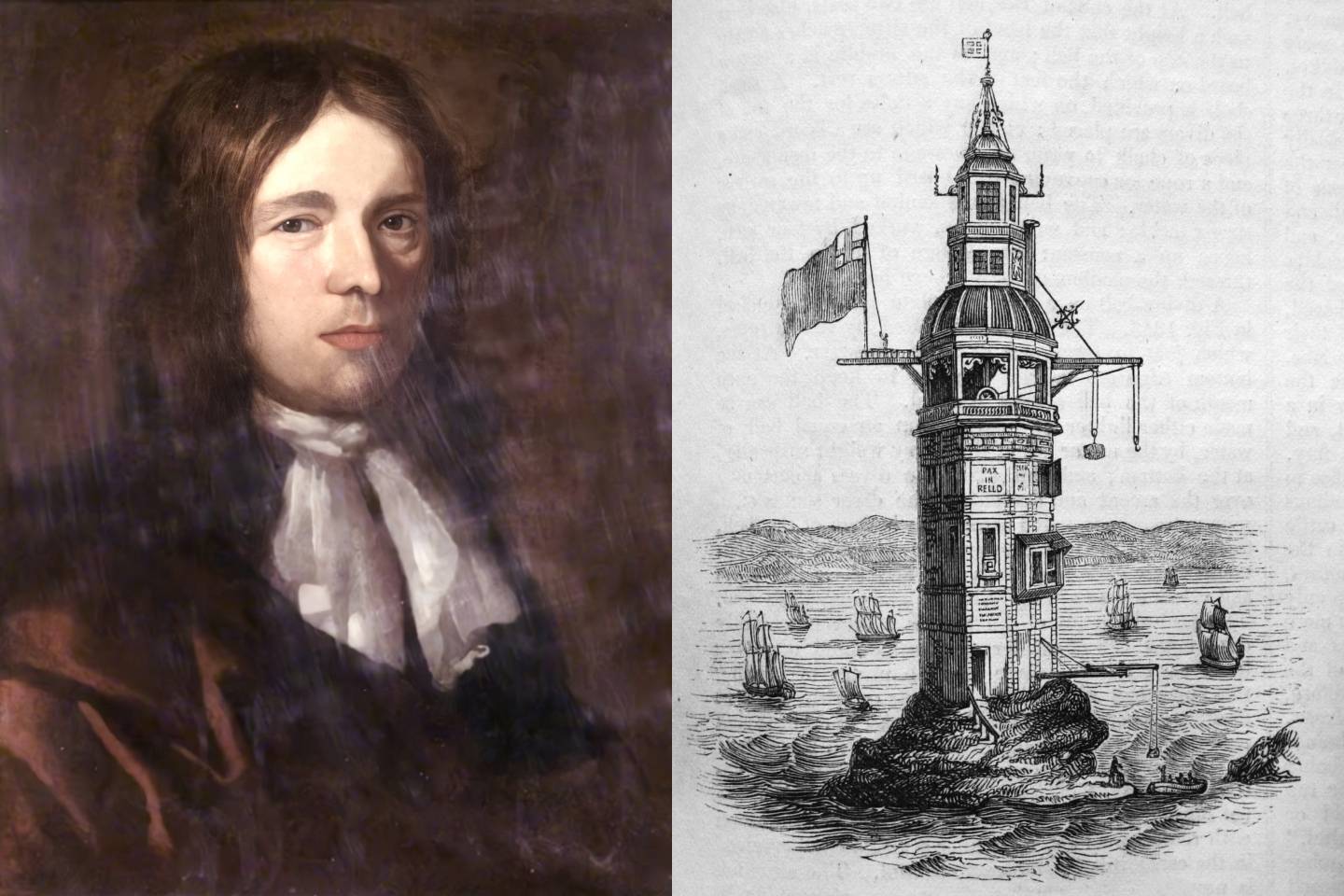
Henry Winstanley built the first lighthouse on the Eddystone Rocks in Devon, England between 1696 and 1698. During the Great Storm of 1703 the lighthouse was completely destroyed with Winstanley and five other men inside. No trace of them was found.
13 | Andrei Zheleznyakov
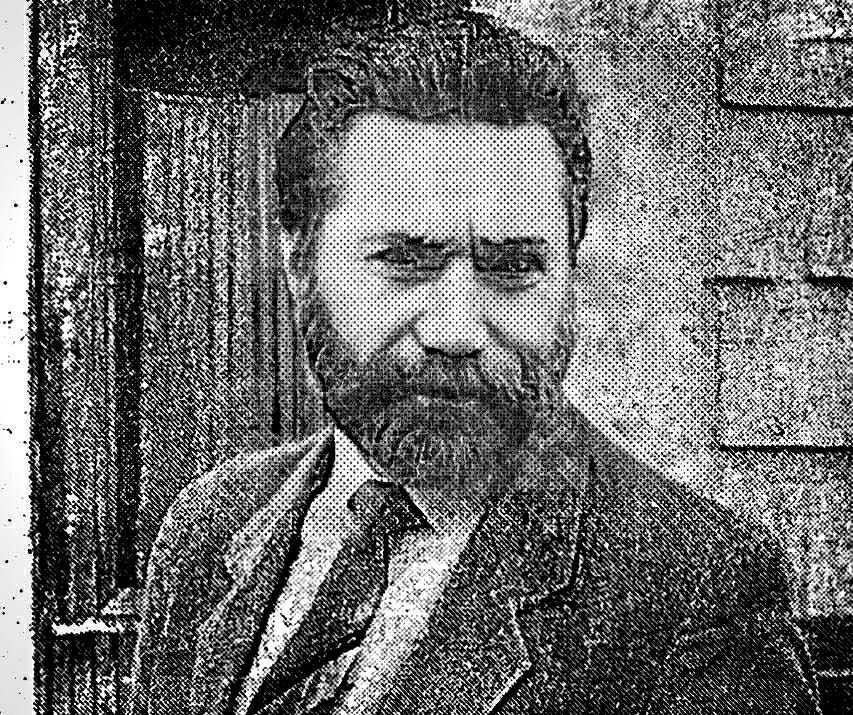
Andrei Zheleznyakov, a Soviet scientist, was developing chemical weapons in 1987 when a hood malfunction exposed him to traces of the nerve agent Novichok 5. He spent weeks in a coma, months unable to walk, and years suffering failing health before dying from its effects in 1992.
14 | Thomas Andrews
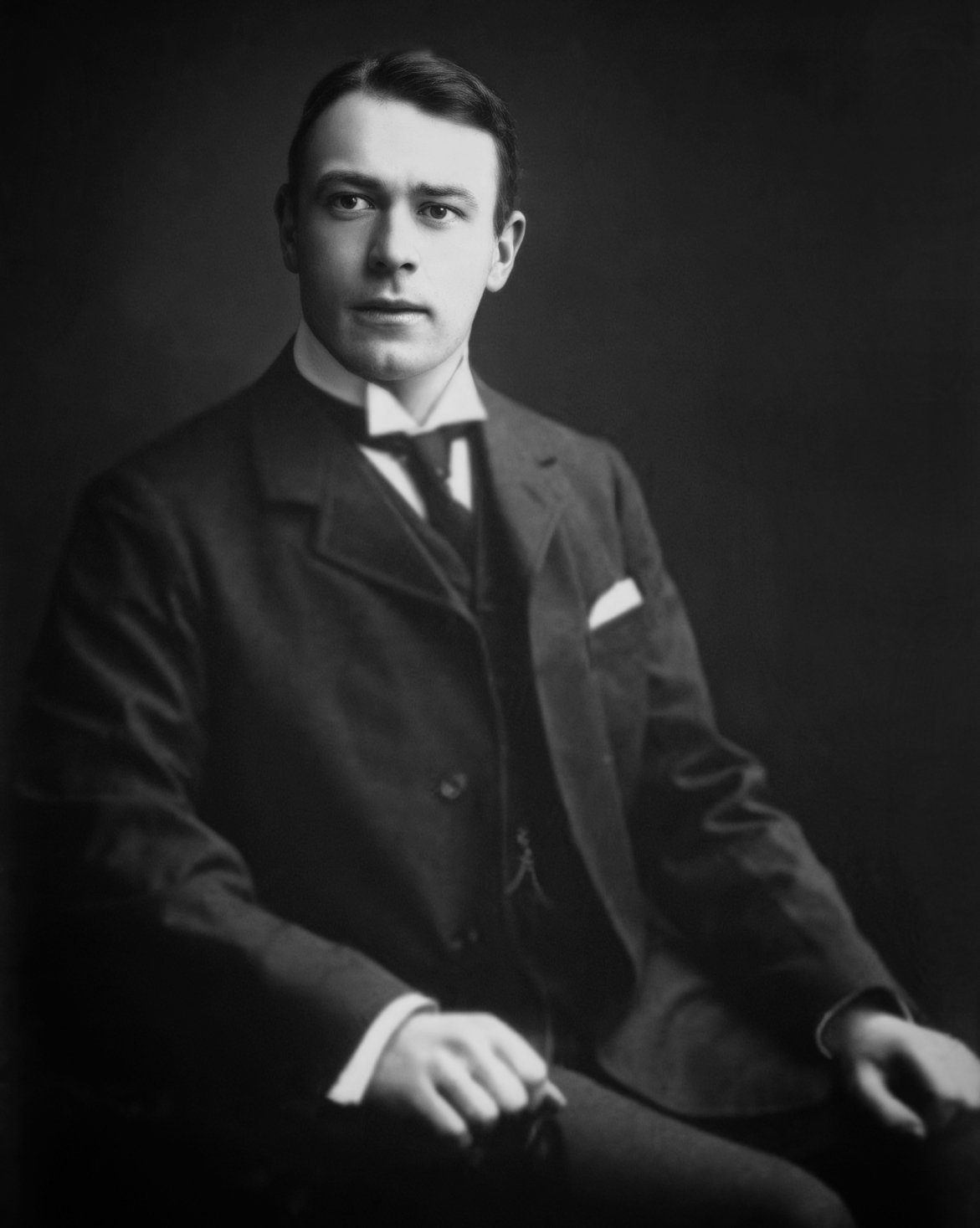
Thomas Andrews, Jr. was an Irish born British businessman and shipbuilder. He was managing director and head of the drafting department of the shipbuilding company Harland and Wolff in Belfast, Ireland. As the naval architect in charge of the plans for the ocean liner RMS Titanic, he was travelling on board that vessel during her maiden voyage when the ship hit an iceberg on 14 April 1912. He willfully perished along with more than 1,500 others. His body was never recovered.
15 | Henry Smolinski
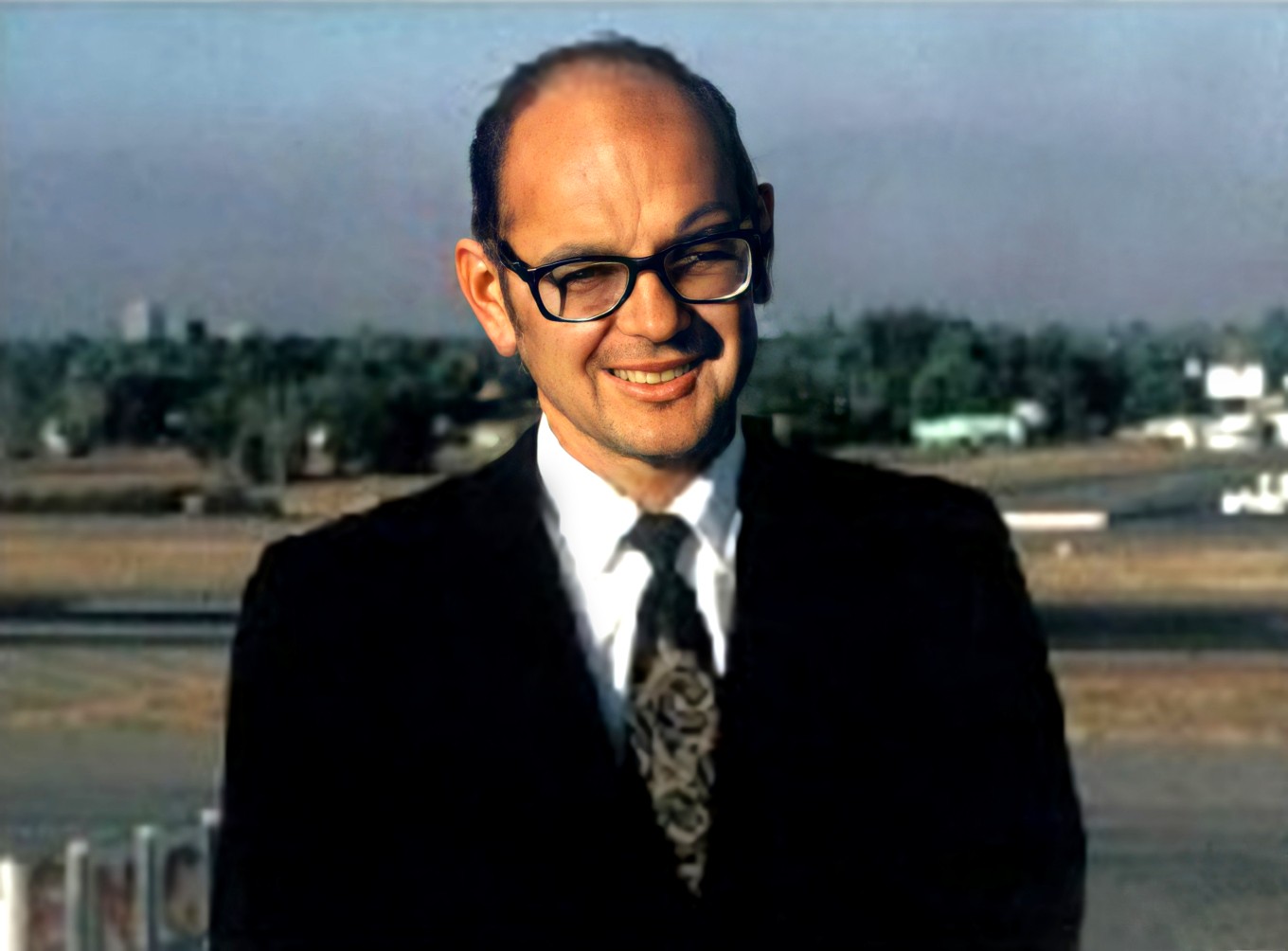
Smolinski was a graduate at Northrop Institute of Technology’s aeronautical engineering school. He started a company with Harold Blake, the Advanced Vehicle Engineers (AVE) in Van Nuys, Los Angeles, California, that builds roadable aircraft. They developed prototypes of hybrid automobile/airplane that uses the rear portion of a Cessna Skymaster and Ford Pinto. They intend to use both aircraft and car engines for takeoff that would shorten the takeoff roll. In 1973, while Smolinski and Blake operated the aircraft during a test flight at Camarillo, the right-wing strut was detached from the Pinto, resulting in a fiery crash. Both died in the accident.
16 | Horace Lawson Hunley
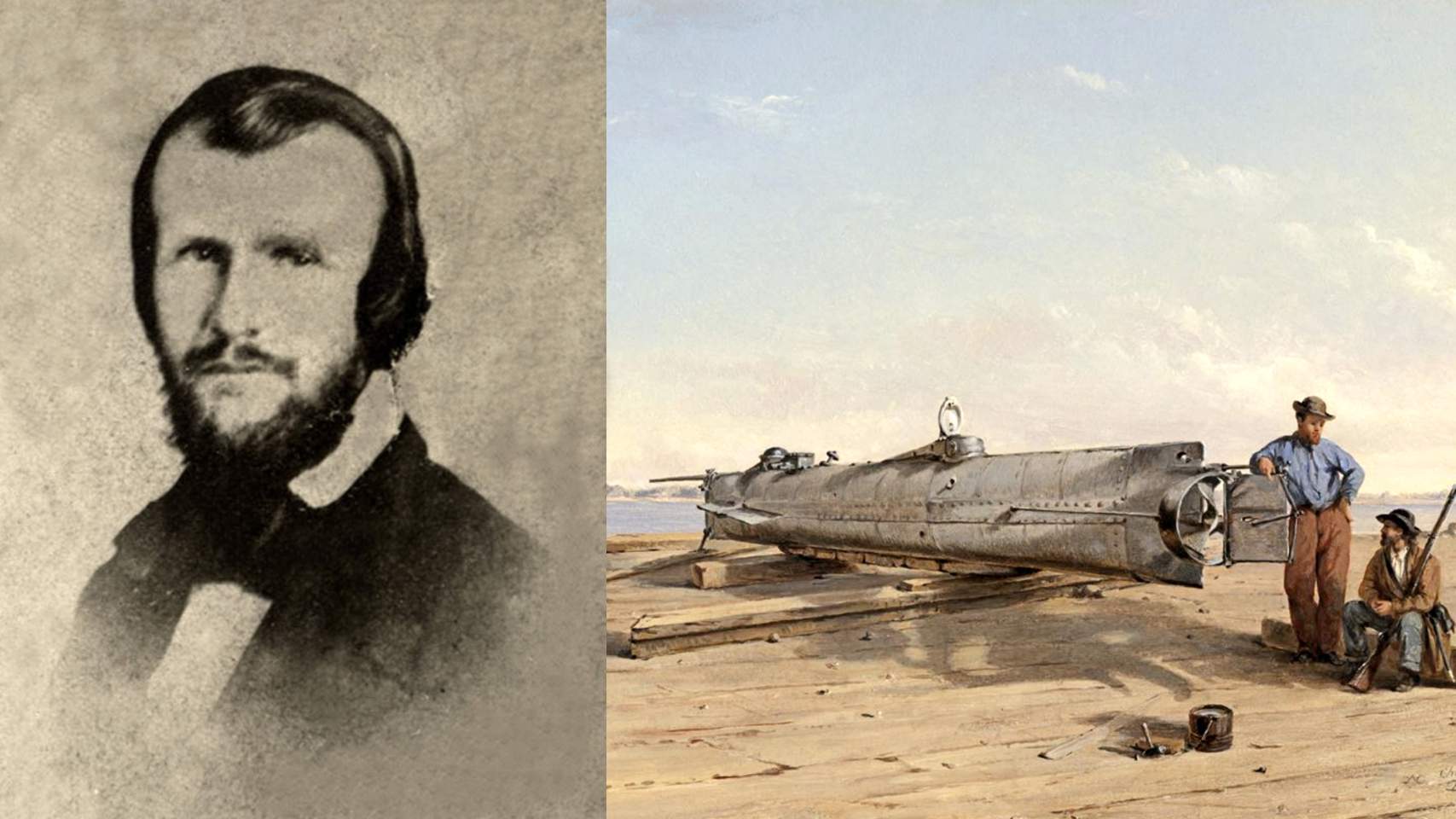
Confederate marine engineer and inventor of the first combat submarine, Horace Lawson Hunley died in 1863, at the age of 40, during a trial of his vessel. During a routine test of the submarine, which had already suffered one accident, Hunley took command. After failing to resurface, Hunley and the seven other crew members drowned. The navy salvaged the submarine and put it back into use.
17 | Valerian Abakovsky
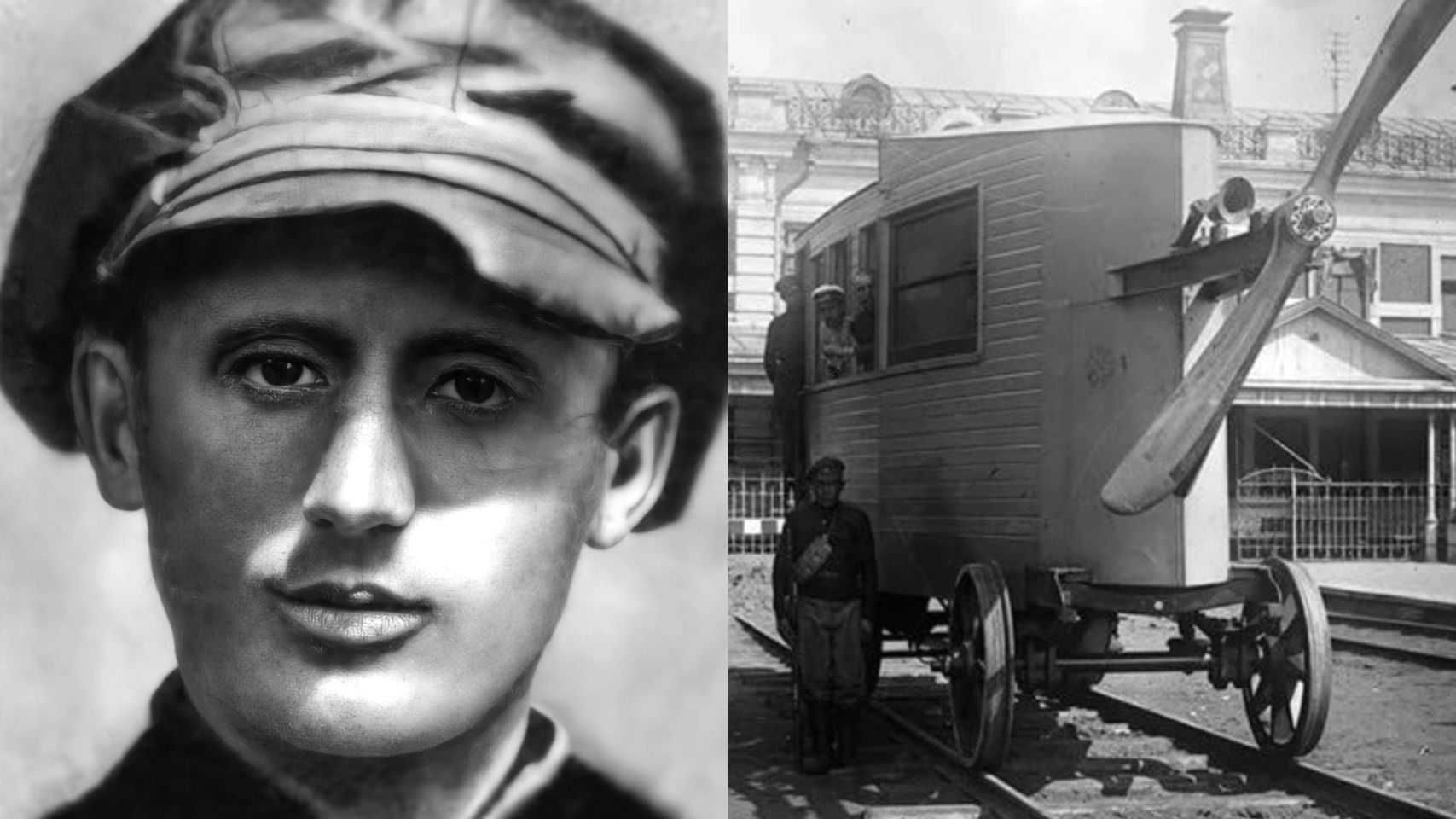
Valerian Abakovsky constructed the Aerowagon, an experimental high-speed railcar fitted with an aircraft engine and propeller traction; it was intended to carry Soviet officials. On 24 July 1921, a group led by Fyodor Sergeyev took the Aerowagon from Moscow to the Tula collieries to test it, with Abakovsky also on board. They successfully arrived in Tula, but on the return route to Moscow, the Aerowagon derailed at high speed, killing everyone on board, including Abakovsky (at the age of 25).
18 | Harry K. Daghlian, Jr. And Louis Slotin
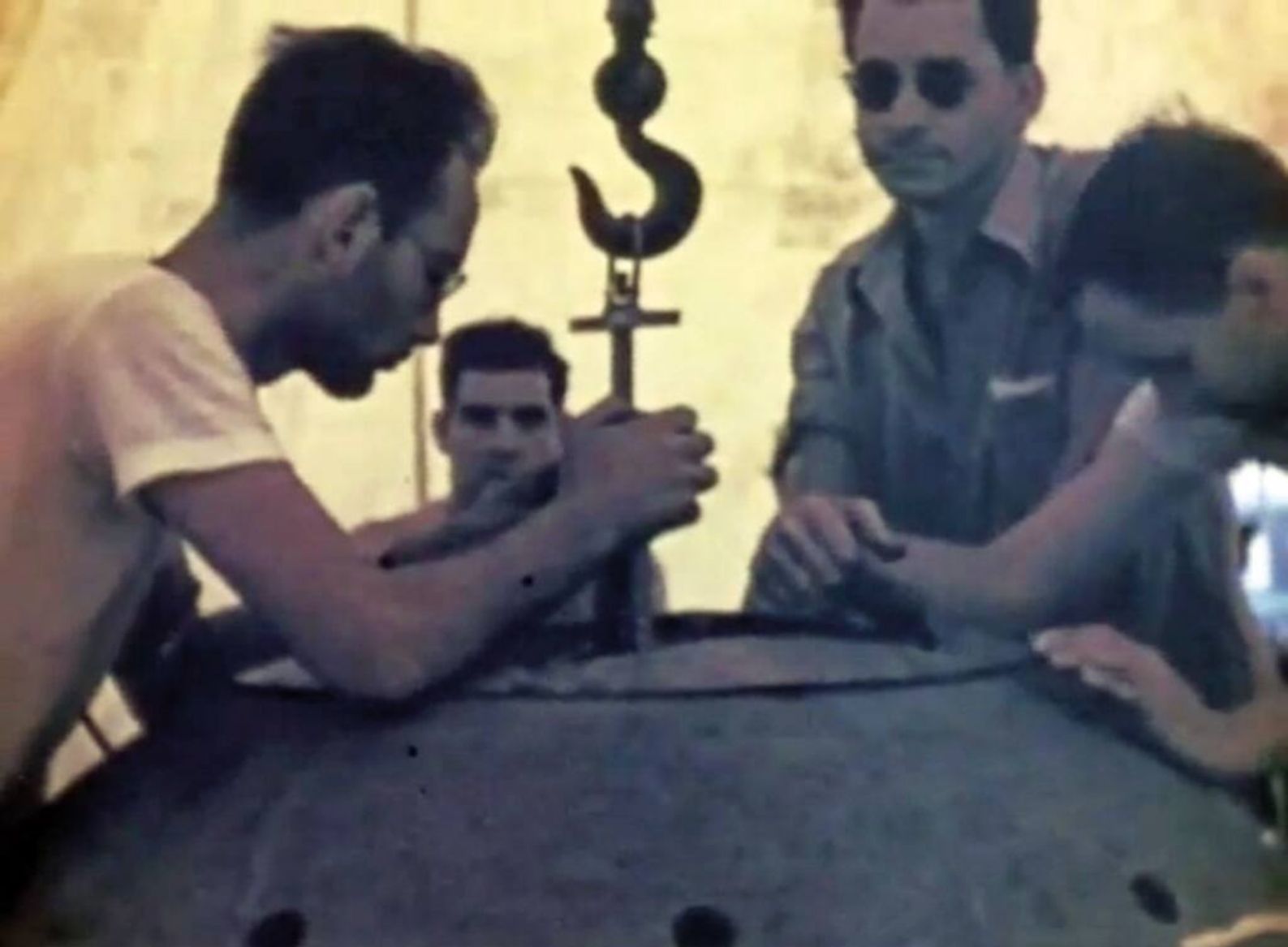
Some physicists who worked on the invention of the atom bomb at Los Alamos died from radiation exposure, including Harry K. Daghlian, Jr. (in 1945) and Louis Slotin (in 1946), who both were exposed to lethal doses of radiation in separate criticality accidents involving the same sphere of plutonium.




